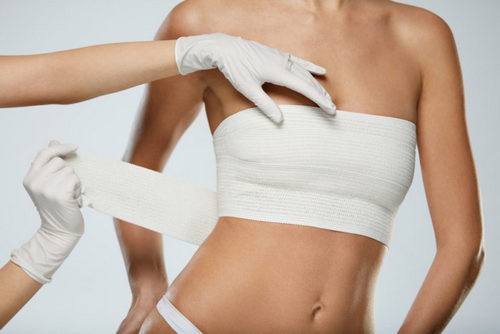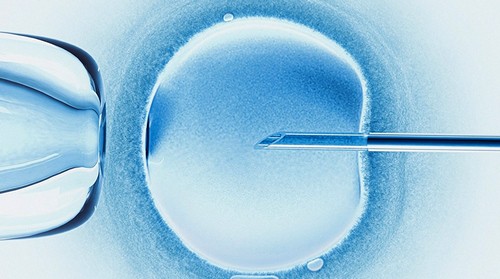Previously, studies covered all cardiovascular diseases, but we drew attention to the relationship of sugary drinks and stroke. In our study, we focused on postmenopausal women.
At this time, women, as a rule, are at the highest risk of cardiovascular diseases due to hormonal changes (namely, due to the fact that hormones no longer fully perform their functions).
During the study, scientists tracked changes in the body in almost 82 thousand women over 12 years. Those who drank a glass or two of juice or soda per day had a 23% higher risk of any type of stroke compared to women who consumed one serving once a week or less. At the same time, the risk of developing heart disease increased by 29%, the risk of premature death – by 16%.
Scientists at the American Heart Association found a connection between consuming two or more servings of diet carbonated drinks and sweetened juices per day and an increased risk of stroke in women over fifty years of age (but we cannot say that soda causes stroke – there is not enough data for this yet).

Another study author, a cardiologist from North Carolina, Dr. Kevin Campbell, also notes that heart problems can also occur directly due to hormonal changes in the body. In a study last year, the American Cardiological Association indicated that sugary zero-calorie drinks should be replaced with regular soda only for a short time. For example, during the transition to ordinary water.
In 2018, about 12 billion liters of diet sodas were drunk in America – more than anywhere else in the world.
White meat is not safer than red meat (as scientists say)
White meat contains less fat and calories than red meat, which is why it is considered dietary. However, a new study published in the American Journal of Clinical Nutrition claims that white meat is not healthier than red meat.
Scientists from the University of California at San Francisco asked more than a hundred healthy people aged 21 to 65 to eat three types of food for a month. The diet of one group included beef, the second – chicken, and the third group generally refused to eat meat. Four weeks later, scientists took blood tests from all participants in the experiment. Those who ate red and white meat had the same level of total and “bad” cholesterol as those who refused meat for the duration of the experiment.
“Bad” cholesterol (LDL) is a low-density lipoprotein that settles on the walls of blood vessels and provokes atherosclerosis. Scientists noted that eating red meat can lead to other diseases (but additional studies are needed to confirm the hypothesis).

In 2015, the World Health Organization announced that red meat and meat products made from it are carcinogenic and can cause cancer.
American experts find a link between lymphoma and breast implants
For the first time, the FDA reported back in 2011 about the risk of anaplastic large cell lymphoma, a type of non-Hodgkin lymphoma associated with breast implants. From 2010 to 2018, specialists of the Department recorded such cases and eventually found out that 457 women had this cancer, nine of them died. Most confirmed cases of anaplastic large cell lymphoma were in patients with textured implants, although in some cases smooth breast implants were also found. It is important to note that specialists only talk about the relationship between cancer and the operation, which means that there is no evidence to say that the installation of implants causes cancer.
In connection with the publication, the FDA expects an increase in reports of the development of this type of cancer. Experts believe that this will help them learn more about the disease and better study it. The FDA has published a letter to oncologists, gynecologists, surgeons and doctors of other specialties, recommending that patients be warned of all possible risks and respond to disturbing symptoms after surgery, such as pain, swelling, asymmetry. These symptoms may be caused by the accumulation of seroma or other fluids surrounding the breast implant.

According to some reports, in 2017, plastic surgeons performed 158 thousand operations in Russia, 29 thousand of them – for breast augmentation. According to the estimates of the American Society of Plastic Surgeons, 300 thousand women have breast enlargement every year in the USA.



